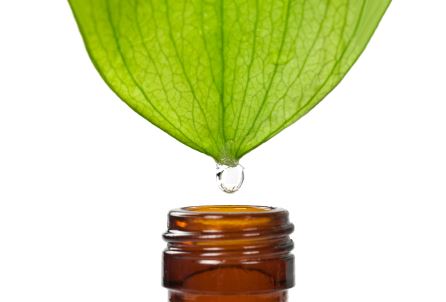Solvents

A solvent must comply with the local regulation, be effective and be selective enough (when needed). Most common are Water, Ethanol, Ethyl acetate.
A solvent must comply with the local regulation, be effective and be selective enough (when needed). Most common are Water, Ethanol, Ethyl acetate, CO2, Methanol, Aceton, Acetic acid, Hexane… the choice of the solvent will impact on the yield of extraction (acquaintance with the targeted actives) in the full respect of the request from customers and environmental components (depletion of the ozone layer, life of the solvent in atmosphere, groundwater pollution, air pollution).
On a chemical point of view, the best solvent may be chosen after looking at the dipolar moment : an electric dipole is a separation of positive and negative charges, characterized by their dipolar moment, a vector quantity (Coulomb. meter or Debye), subject to continuous electrostatic attraction and repulsion. Each solvent may be classified based on its dipolar moment (cf. : Ven der Waals Forces).
• Apolar and low polar solvent, mainly lipophilic characteristic, with a moment from 0 to 1.5 (Hexane, cyclohexane, dimethoxymethane, Chloroform, Ethylic ether, phenol)
• Polar aprotic solvent, mainly hydrophilic characteristic
Protic solvent (a protic solvent is a solvent that has a hydrogen atom bound to an oxygen as in a hydroxyl group or a nitrogen as in an amine group). Polar protic solvents are solvents that share ion dissolving power with aprotic solvents but have an acidic hydrogen. These solvents generally have high dielectric constants and high polarity).
Moment of most common solvents : Hexane (0), Ethanol (1.69), Methanol (1.70), Ethyl acetate (1.78), water (1.85), aceton (2.88). Depending on their miscibility, solvents may be used together (combined solvents, or separation from one solvent to another solvent).
Having the raw materials ready for extraction, and the choice of the solvents, the real extraction process may start with some of the following steps depending on the required extract: first the extraction itself, the concentration and purification when needed, and then the final steps (drying, packing, stabilizing, ...).
